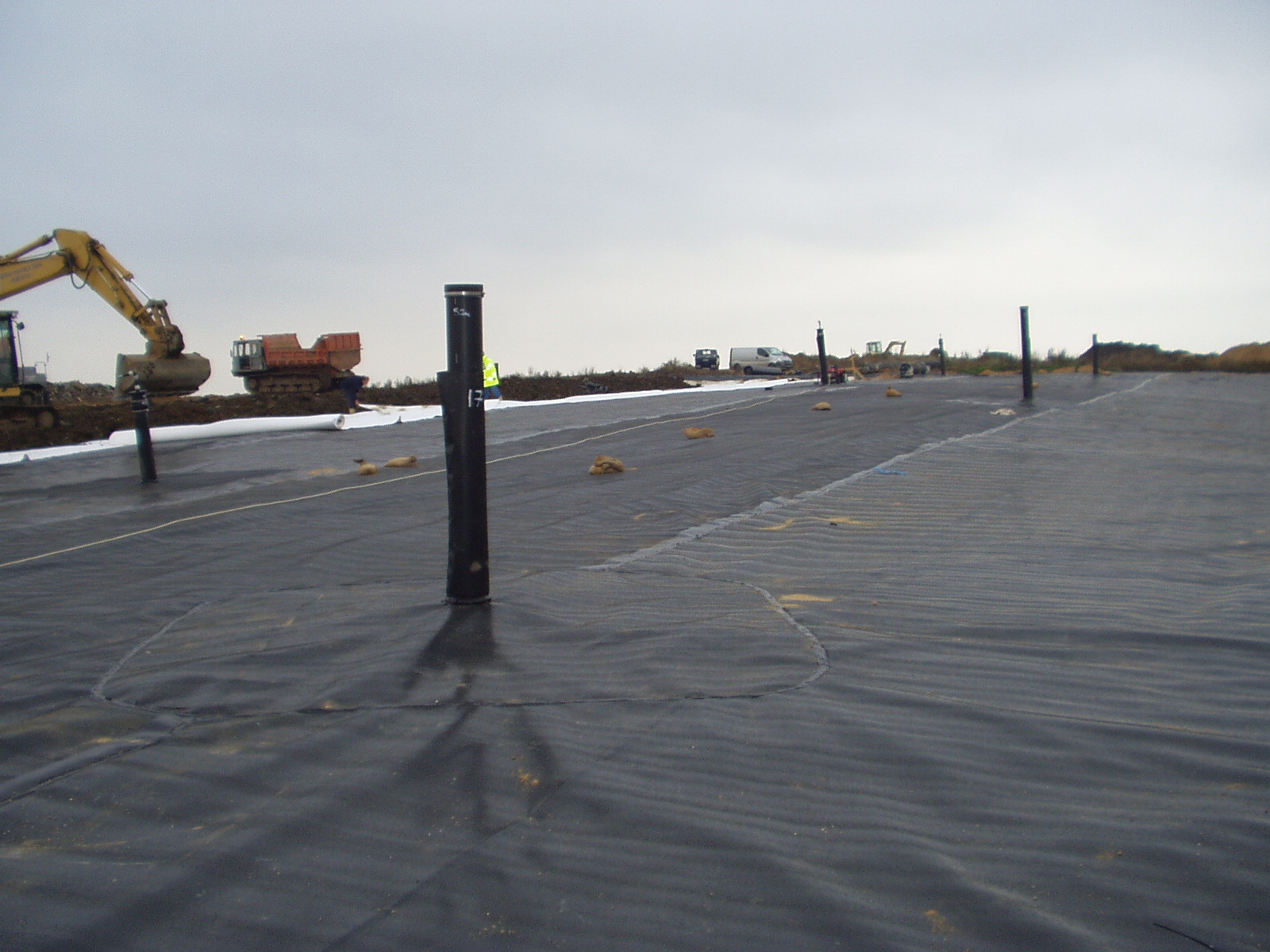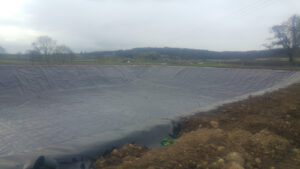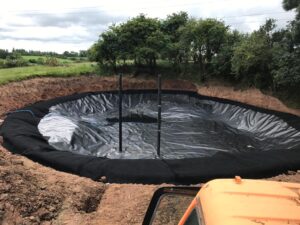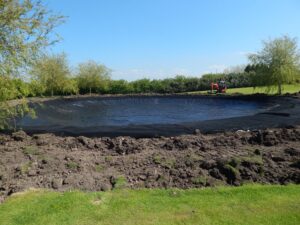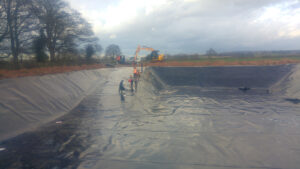Land capping, also known as landfill capping, plays a pivotal role in waste management by effectively sealing and covering landfills. This process involves the installation of various engineered materials to cap waste deposits, offering a range of benefits that contribute to environmental protection, safety, and the restoration of land.
Environmental Protection:
Land capping serves as a protective barrier, preventing contaminants from escaping landfills and leaching into surrounding soil and water sources. This containment reduces the risk of environmental pollution and preserves ecological integrity.
Prevention of Leachate Seepage:
The capping system prevents leachate—a liquid formed by the decomposition of waste—from seeping into the ground, thereby reducing the potential for groundwater contamination and protecting local water quality.
Gas Management and Emission Reduction:
Capping controls gas emissions, particularly methane and other harmful gases produced during waste decomposition. This helps mitigate air pollution and reduces greenhouse gas emissions, contributing to climate change mitigation efforts.
Safety and Public Health:
By encapsulating waste materials, land capping reduces direct exposure to potentially hazardous substances, promoting public safety and safeguarding the health of nearby communities.
Land Restoration and Reclamation:
Capping landfills allows for the restoration and reclamation of previously unusable or degraded land. Once capped, these areas can be repurposed for activities such as parks, green spaces, or other developments, restoring the land’s value and functionality.
Erosion Control and Land Stability:
Capping provides a protective cover that helps prevent soil erosion and stabilises the landfill site, reducing the risk of land degradation and promoting long-term stability.
Regulatory Compliance and Liability Reduction:
Capping aligns with regulatory standards and waste management regulations, ensuring compliance and minimising liability risks associated with potential environmental hazards from landfills.
Aesthetic Improvement and Community Support:
Capping and rehabilitating landfill sites contribute to the visual improvement of surrounding areas, enhancing community aesthetics and garnering support for environmental initiatives.
Long-Term Cost Savings:
Implementing effective capping strategies reduces the need for ongoing maintenance and monitoring of landfills, leading to potential long-term cost savings in waste management.
Sustainable Waste Management:
Land capping represents a sustainable approach to waste management, encapsulating waste materials and reducing their long-term environmental impact, contributing to a circular economy model.
Legacy Site Transformation:
Transforming capped landfill sites into usable spaces creates a positive legacy, turning previously unusable land into areas that serve community needs while adhering to environmental sustainability principles.
In conclusion, land capping in waste management offers multifaceted benefits, from environmental protection and safety to land restoration and sustainable practices. This approach safeguards the environment, enhances public safety, and facilitates the transformation of previously unusable landfills into valuable spaces, emphasising the importance of responsible waste management for current and future generations.
To find out more about our products and services and how we can help you, please contact us using the below –
Tel: 01695 228626
Email: enquiries@enviroseal.co.uk

